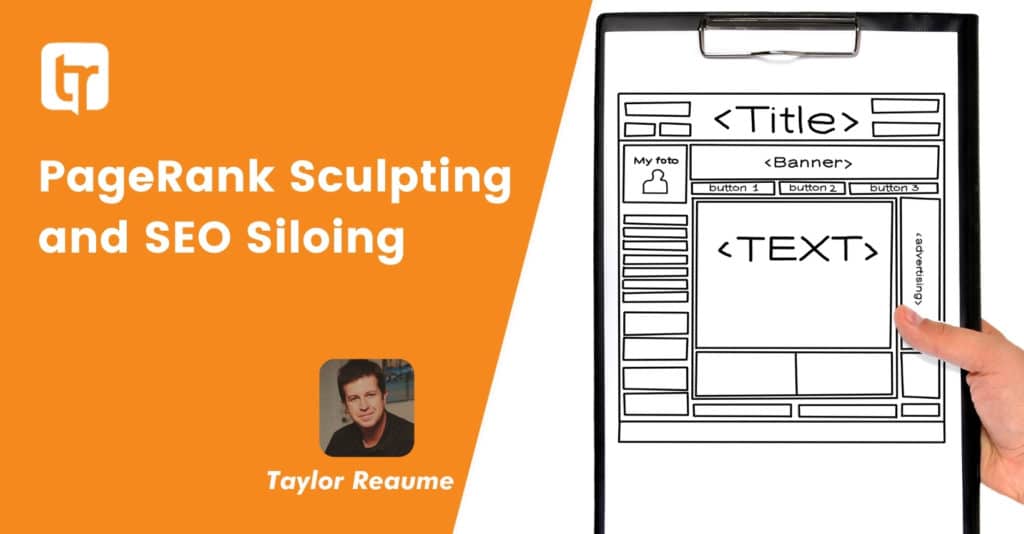PageRank Sculpting and SEO Siloing

PageRank Sculpting and SEO Siloing : Is that a no-follow link on your contact page, or are you just happy to evaporate link juice?
I would like to update everyone about the latest Google Algorithm update. PageRank Sculpting (Google’s own policy) is no longer an effective way to increase your page rank. This article will discuss PageRank Sculpting and SEO siloing and how the two interact to form Google’s impression of individual webpages.
Page Rank (link juice) is Google’s measure of how important you site is on the WWW. (largely determined by the number of inbound links you have.)
PageRank Sculpting: Spending A Page’s Authority Money
Let’s take PageRank sculpting. In general, every individual web page that Google finds has some degree of importance that the page can pass on to other pages – PageRank. Links from that page to other pages are how it passes that importance along. And in its most basic, earliest form, each link on the page equally shared some of the importance.
Consider it like this. Imagine authority is money, and a particular page has $10 in “authority” to spend. It links out to 10 pages, so each of those pages gets $1 ($10 divided by 10). If it links to 20 pages, each gets 50 cents ($10 divided by 20). If it links to 5 pages, each page gets $2 (you get the math by now).
With PageRank sculpting, the idea is to effectively block some of the links on your web page (using the nofollow attribute or some other means) from getting any authority. Perhaps you have a lot of navigational links to other pages inside your web site. Rather than spend authority money on these pages, you might prefer to spend it on a smaller number of important pages that could use a boost.
This was revealed in the last SMX by Matt Cutts (Prominent Googler). Please review the below link for your reference,
also:
http://www.bruceclay.com/blog/archives/2009/06/nofollow_makes.html
and
http://outspokenmedia.com/internet-marketing-conferences/chat-with-matt-cutts/
Why is Google doing this? one reason might be because it’s encouraging sloppy web mastery. If one builds a website correctly, from the start, there is no need to use no-follow tags on links (for outbound links or for site navigational links).
What does it all mean?
Read this except from the above article:
Long before the days of nofollow, Bruce Clay, Inc. has advocated a site architecture practice known as SEO siloing. SEO Siloing relies on two things to create sections of a site that are highly relevant to the targeted keyword: linking and theming. By linking pages with the same theme (virtual SEO siloing) and by including those pages within the same directory (physical SEO siloing), you can create a section of your site that will be considered pertinent to targeted keywords.
With the advent of the nofollow attribute, we recommended nofollow use to eliminate superfluous links to pages that were off-theme. However, we considered PageRank sculpting using nofollow to be a marginal support for SEO siloing. If a forthcoming Google guideline were to discourage nofollow-based PageRank sculpting, it would not affect the core principles of SEO siloing, a powerful web site architecture technique that improves site structure and the related relevancy signals. If Matt is suggesting that webmasters build a site with PR flow in mind from the beginning, SEO siloing is an ideal solution still deserving of attention and implementation.
Bottom line – we have 6 months or so to clean up our no follow tags. We won’t be penalized if we use them, rather, we will just lose out on passing “page rank power” for that link. Implementing these changes now will help webmasters abide by Google’s new algorithm and increase web site traffic.

